LEWISTON — The Gendron Franco Center for Heritage and Performing Arts welcomed a television crew from France on Tuesday covering the influence of the French language around the world.
Reporter Julie Asher and photographer Mathieu Derrien of TF1, France’s first television station, met with members of the board of directors, who regaled them with stories of the Lewiston-Auburn area’s Francophone history.
“(Asher and Derrien) had been doing a story on the significance of the French language and the Franco Center came up in their research,” Denise Scammon, marketing and development director for the Franco Center, said. She coordinated with the reporters to set up the meeting with approval of the board of directors.
Board members spoke of Franco culture as a way of life for them and a majority of the community during the early to mid-20th century. They shared anecdotes ranging from factory workers sharing shoes to save money to Muhammad Ali’s second fight against Sonny Liston in Lewiston at the Central Maine Youth Center, now The Colisee.
According to the Gendron Franco Center’s website, 80% of Maine’s Franco population live within a 50-mile radius of the Lewiston-Auburn area. French-Canadian immigrants began coming to Maine to find work in Lewiston-Auburn’s textile and shoe factories in the 1860s.
The Gendron Franco Center was created in the former St. Mary’s Church on Cedar Street. The church was built in 1927 by residents who gathered over time in the city’s Little Canada neighborhood.
St. Mary’s was the third largest church in Maine until 2000 when the Catholic Diocese of Portland announced its closure. The center was established the same year as a performing arts and cultural facility in an effort to commemorate local Franco-American culture.
“The Franco identity is trying to (preserve) French culture, which is very rich, and trying to implement the idea of history of Franco involvement (in the community) and the connections we have with France and Canada,” board member Edmond Gay said. The retired IBM employee is originally from Switzerland, where he met his wife, a Lewiston native. He moved to the United States in 1967.
Asher and Derrien were also shown the Grey Nun exhibit, arranged in part by Mary Rice Defosse, a professor of French and Francophone studies at Bates College in Lewiston. The Grey Nuns were missionaries from Quebec and established several charitable services and programs when they arrived in Lewiston in the 1870s.
“It shows the importance of the social networks set up by the Grey Nuns — the sisters of charity — locally,” Defosse said. “Education, child care, the hospital and elder care. They had all these parts of their work and they were just instrumental.”
The exhibit includes images, ledger books and other memorabilia, supplemented by a documentary made by Defosse, whose students interviewed local residents who had been touched by the nuns’ work in the community.
“The documentary was meant to be the homage to the interaction between Francos and the nuns,” Defosse said.
Board members seemed at home conversing with each other and answering Asher’s questions in French as Derrien filmed. One member joked how anyone not speaking French in the center has to pay a dollar as an incentive to practice or learn.
“Today, you still have very elderly people that are still a reminder of what used to be here,” board President Elaine Roop said. “Like everything else, everything changes. The influence its still seen (here) because the core of Francos that are here have held on tight to it.”
Send questions/comments to the editors.


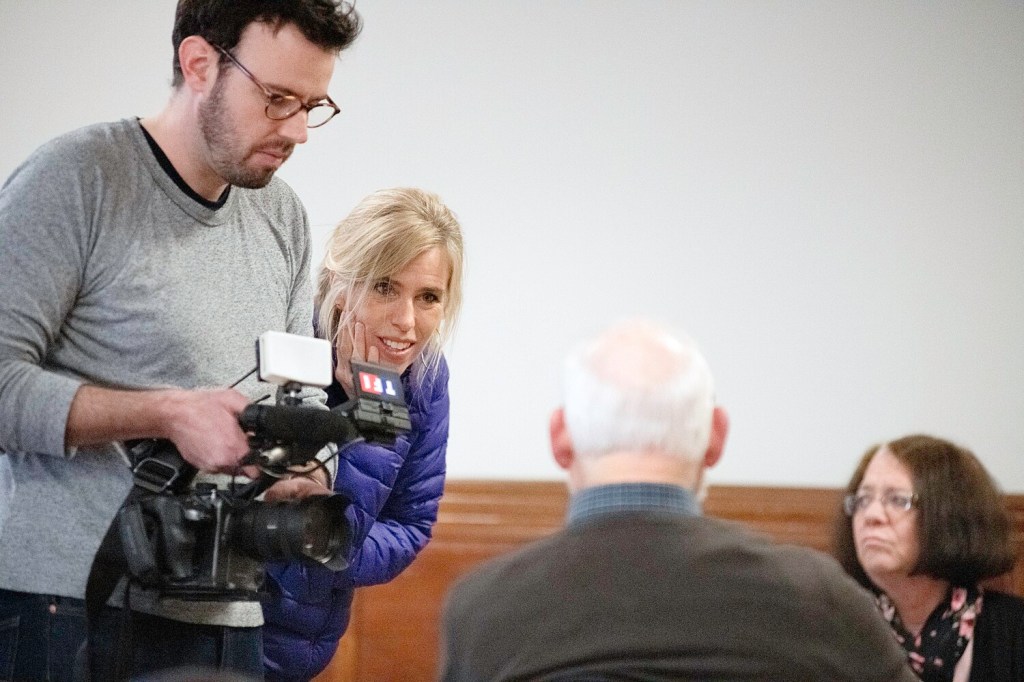
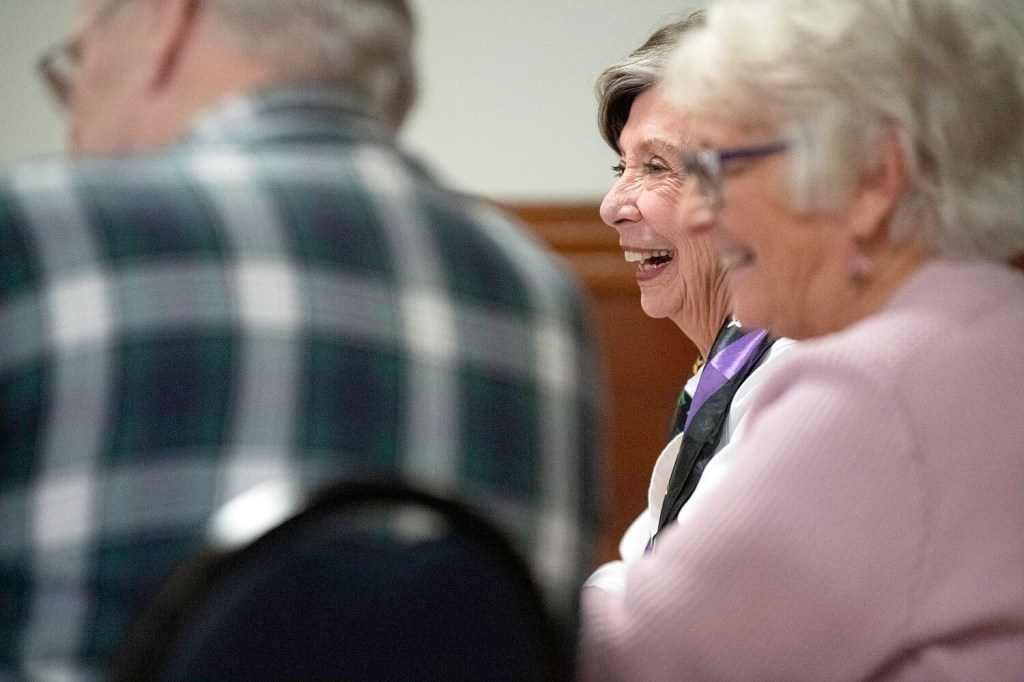
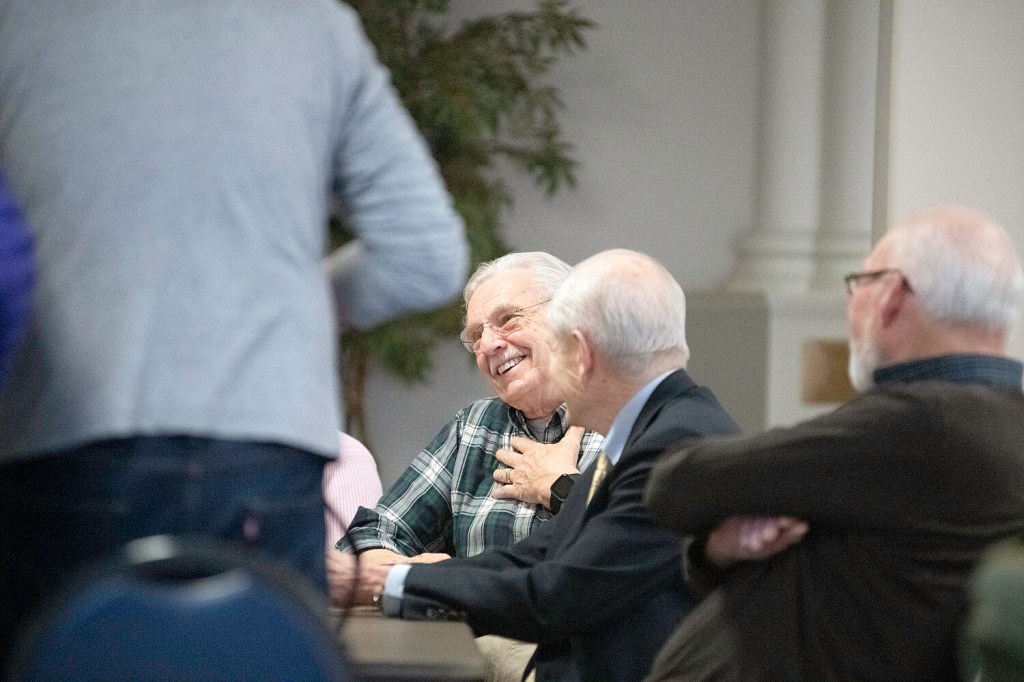
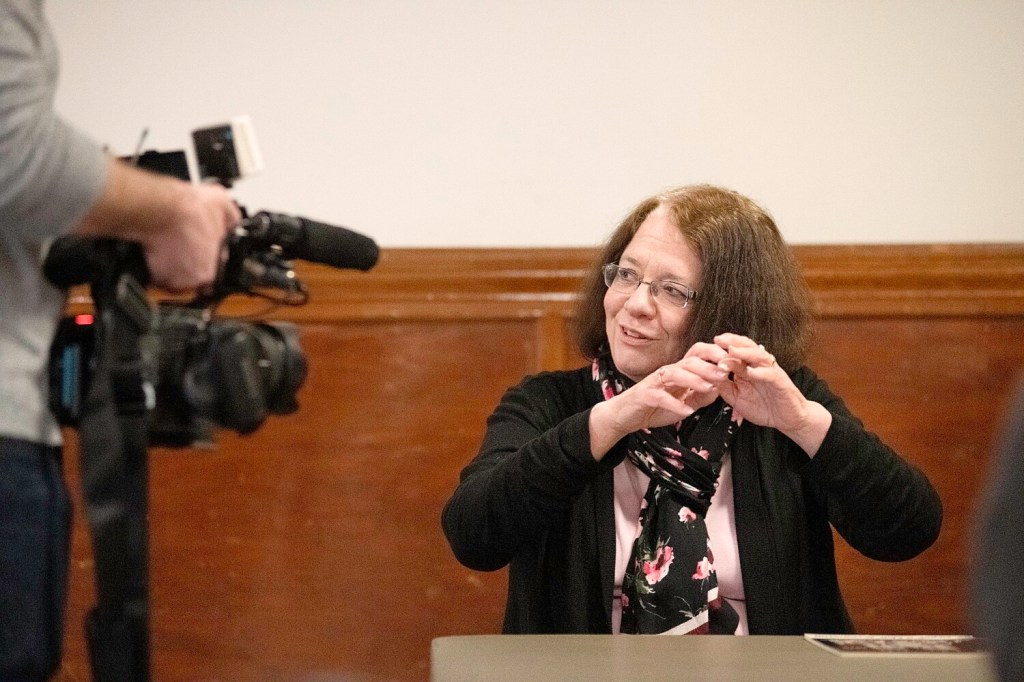
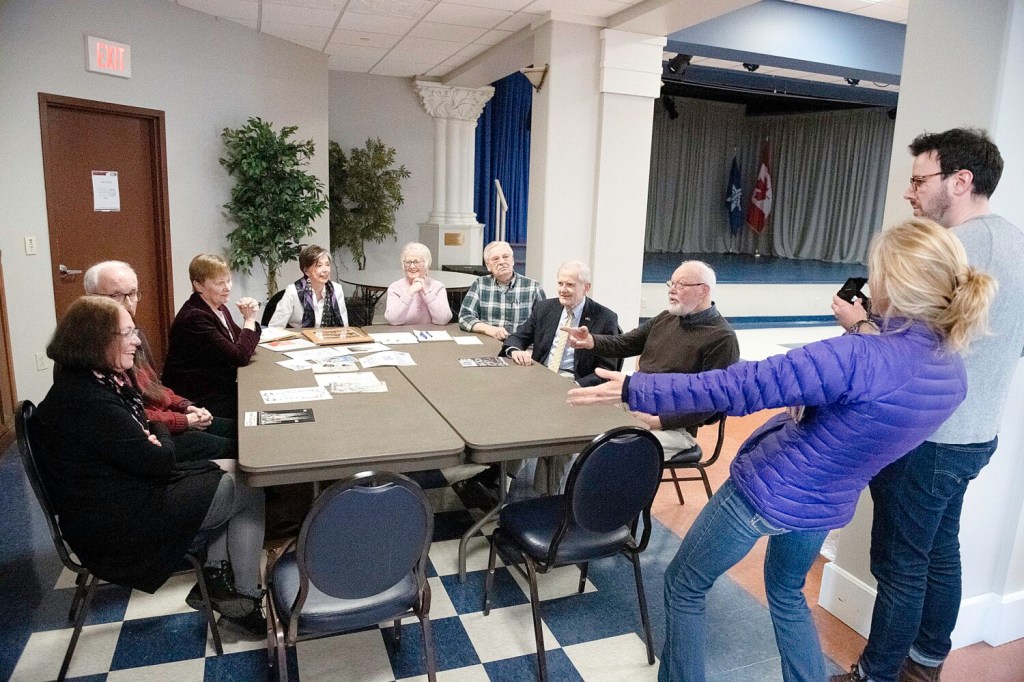
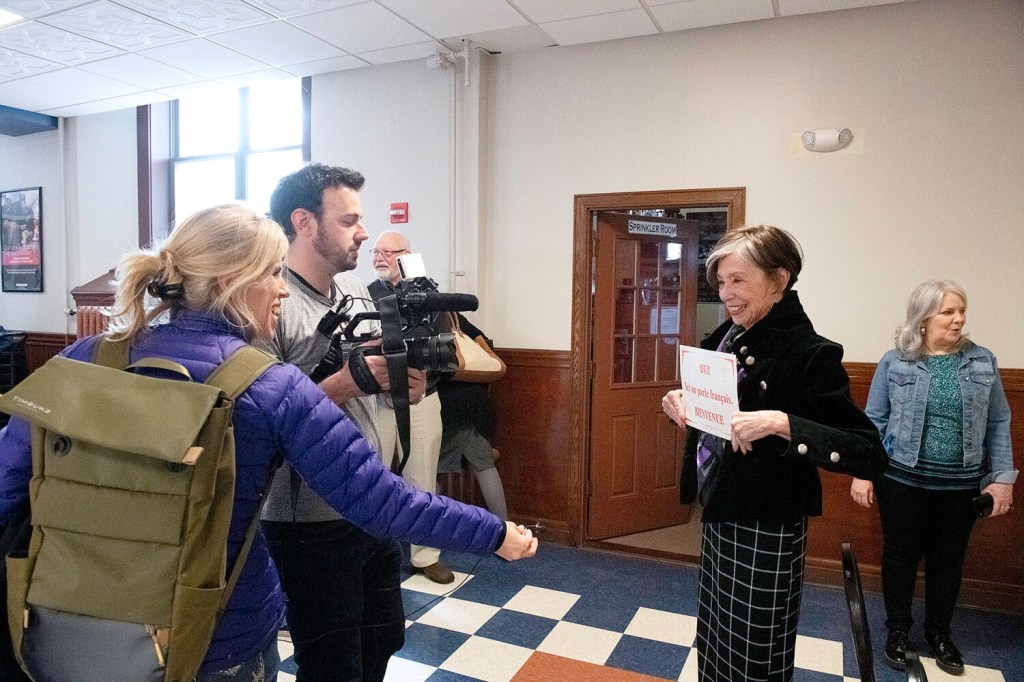
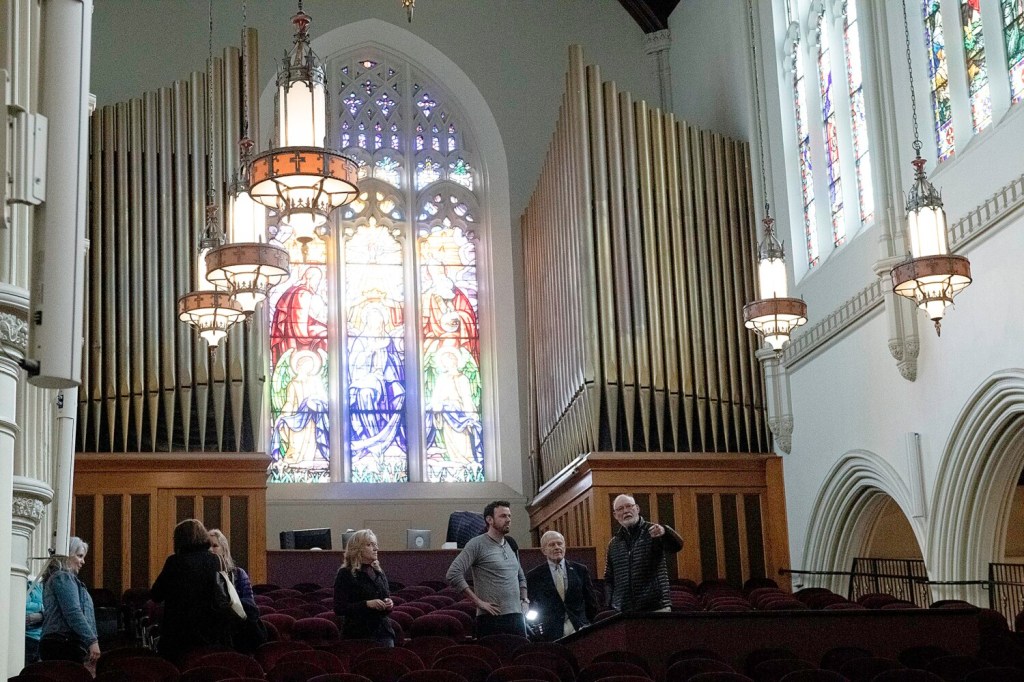

Comments are no longer available on this story